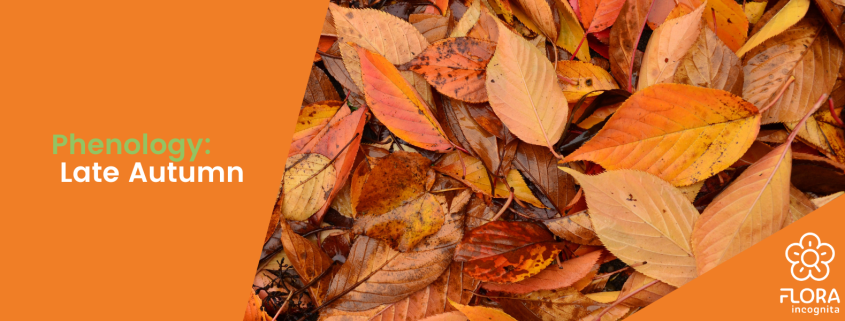Phenology: Late Autumn – Preparing for Winter
Leaf surfaces play a crucial role in plant biology, facilitating the evaporation of water absorbed through roots. The shedding of leaves in autumn prevents them from drying out when frost freezes the water in the soil. Late autumn marks the final phenological season before the period of dormancy, signaled by the changing color of English oak leaves and the shedding of leaves in many other deciduous trees.
Leaf Coloring in English Oak
English oaks (Quercus robur) are found from the North German Lowlands to altitudes exceeding 1000 meters in the Alps. Their habitat extends far beyond Central Europe, reaching into the Caucasus region. As chlorophyll is broken down, revealing other plant compounds (carotenoids impart yellow hues, anthocyanins create red tones, and water-soluble pigments produce brown shades after leaf death), autumnal oak leaves glow in yellow and brown hues.
Rowan Leaf Fall
According to the German Weather Service, the rowan tree (Sorbus aucuparia) shedding its leaves is a key indicator of late autumn. Rowan leaves are alternately arranged on branches and are distinct with leaf stalks and leaf blades. Their vibrant red autumn coloring makes them a popular sight. The tree’s fruits, known as rowan berries, often remain on the tree in clusters throughout winter, providing essential food for songbirds during winter.
A Touch of Green
Late autumn is also marked by the appearance of tender green fields, signifying the emergence of winter crops. Winter wheat, sown in mid-September, germinates within 15-20 days, displaying the first green shoots. However, the elongation growth and leaf development occur in spring.
This article was featured as a story in the Flora-Incognita app in autumn 2023. The app provides fascinating information about plants, ecology, species identification, as well as tips and tricks for plant identification. Feel free to explore!

